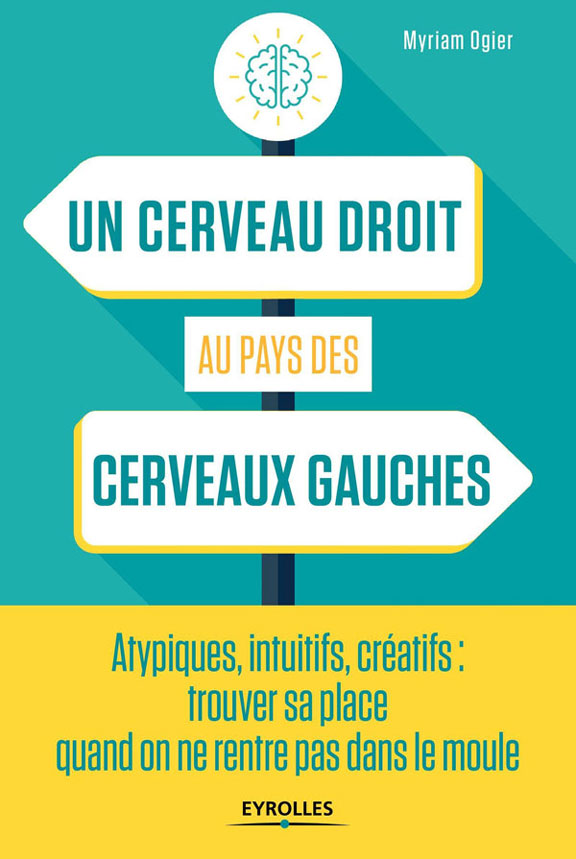By Roger Martin (Havard Business review)
The secret to becoming a great leader? Don’t act like one. Instead, think like one.
Brilliant leaders excel at integrative thinking. They can hold two opposing ideas in their minds at once. Then, rather than settling for choice A or B, they forge an innovative “third way” that contains elements of both but improves on each.
Consider Bob Young, cofounder of Red Hat, the dominant distributor of Linux open-source software. The business model Young created for Red Hat transcended the two prevailing software industry models—winning Red Hat entrée into the lucrative corporate market.How to become an integrative thinker? Resist the simplicity and certainty that comes with conventional “either-or” thinking. Embrace the messiness and complexity of conflicting options. And emulate great leaders’ decision-making approach—looking beyond obvious considerations.
Your reward ? Instead of making unattractive trade-offs, you generate a wealth of profitable solutions for your business.
The Idea in Practice
What does integrative thinking look like in action? Contrast conventional and integrative thinkers’ approaches to the four steps of decision making:
Step 1: Identifying Key Factors
Conventional thinkers consider only obviously relevant factors while weighing options. Integrative thinkers seek less obvious but potentially more relevant considerations.
Example:
Bob Young disliked the two prevailing software business models: selling operating software but not source code needed to develop software applications (profitable but anathema to open-source advocates) or selling CD-ROMs containing software and source code (aligned with open-source values but not profitable). Seeking a third choice, he considered CIOs’ reluctance to buy new technology that would be complicated to maintain. Viewing their reluctance as relevant eventually helped Young see that selling software service would be a superior alternative to the existing product-based business models.
Step 2: Analyzing Causality
Conventional thinkers consider one-way, linear relationships between factors: more of A produces more of B. Integrative thinkers consider multidirectional relationships.
Example:
Young analyzed the complex relationships among pricing, profitability, and distribution channels. He recognized that a product based on freely available components would soon become a commodity. Any electronics retailer could assemble its own Linux product and push it through its well-developed distribution channel—leaving Red Hat stranded. Analysis of these causal relationships yielded a nuanced picture of the industry’s future.
Step 3: Envisioning the Decision’s Overall Structure
Conventional thinkers break a problem into pieces and work on them separately. Integrative thinkers see a problem as a whole—examining how its various aspects affect one another.
Example:
Young held several issues in his head simultaneously, including CIOs’ concerns, dynamics of individual and corporate markets for system software, and the evolving economics of the free-software business. Each “piece” could have pushed him toward a separate decision. But by considering the issues as an interrelated whole, Young began to realize only one player would ultimately dominate the corporate market.
Step 4: Achieving Resolution
Conventional thinkers make either-or choices. Integrative thinkers refuse to accept conventional options.
Example:
To pursue market leadership, Young devised an unconventional business model. The model synthesized two seemingly irreconcilable models by combining low product price with profitable service offerings. Red Hat began helping companies manage the software upgrades available almost daily through Linux’s open-source platform. It also gave the software away as a free Internet download. Thus, Red Hat acquired the scale and market leadership to attract cautious corporate customers to what became its central offering: service, not software.




Laisser un commentaire